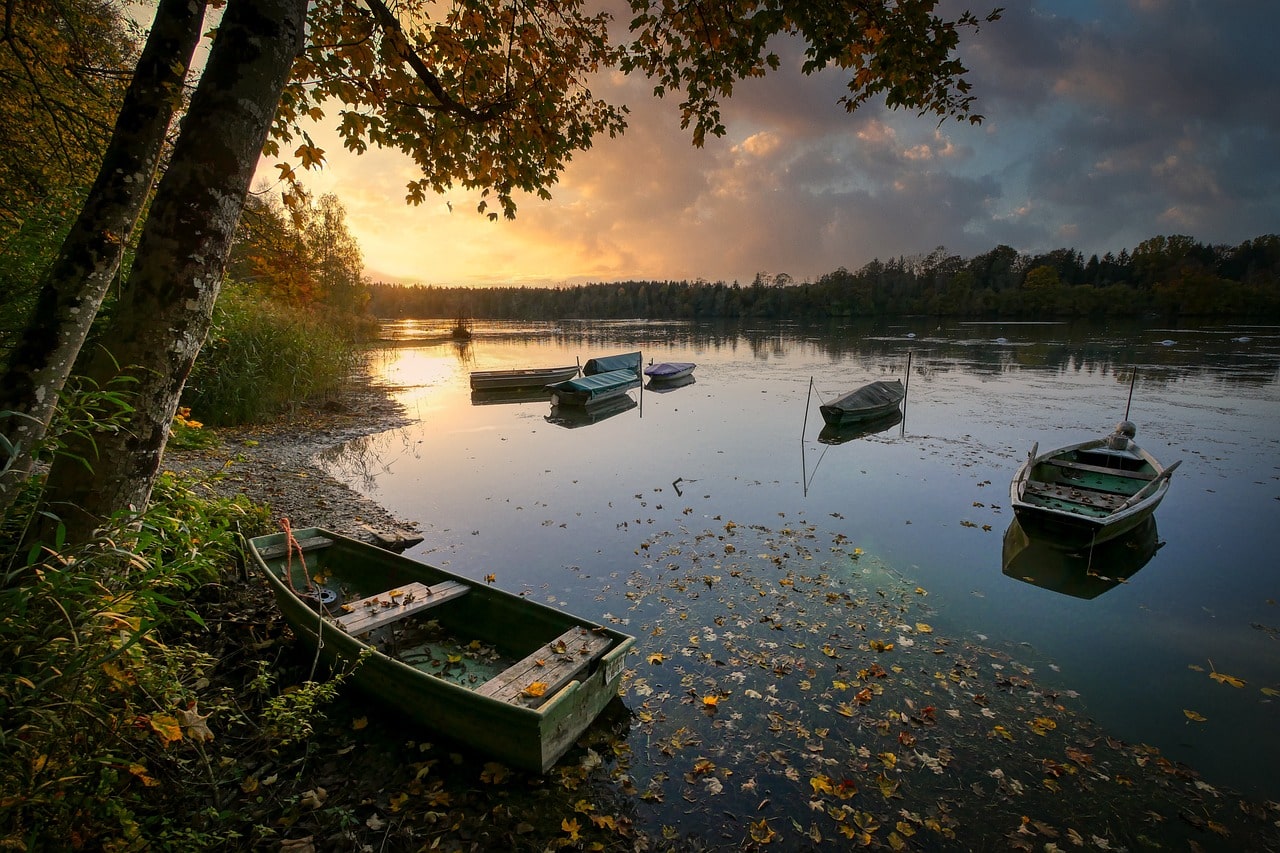Situated about 40 miles north of the dazzling City of Udaipur, Rajsamand Lake stands as a prominent jewel among the ‘Lakes of Udaipur.’ This serene lake, brimming with history and tradition, reflects the rich heritage of the Mewar region of Rajasthan, previously known as the land of patriots and heroes. The legacy of the Mewar dynasty, tracing its origins back to the Sun God, is beautifully captured in the exquisite marble constructions that grace its shores. At the southern end, a magnificent white marble dam and embankment add a touch of elegance to the tranquil waters of Rajsamand Lake. Crafted in 1660 by the skilled hands of Maharana Raj Singh, the lake was formed by harnessing the flow of the Gomati, Kelwa, and Tali Rivers, serving the purpose of irrigation and water supply. Today, the reservoir quenches the thirst of the small city of Rajsamand, nestled along its southwestern boundary. Ascending the marble staircases that gracefully descend into the waters, visitors can witness the splendor of the five toranas, where the revered Maharana Raj Singh and his successors partook in the traditional event of Tuladan, symbolizing the noble act of distributing gold among the Brahmans. Nestled along the embankment of Rajsamand Lake are nine enchanting pavilions, known as ‘Nauchowki,’ also attributed to the grandeur of Maharana Raj Singh. Adorned with intricate carvings depicting celestial beings, chariots, and divine avatars, these pavilions serve as a testament to the glorious history of Mewar. Inscribed on 27 marble slabs known as the ‘Raj Prasasti,’ the rich narrative of Mewar is captured in 1017 stanzas, boasting one of the longest etchings in India. Coexisting with the majestic Rajsamand Lake is the revered Dwarikadhish Temple, resting serenely along the lake’s edge in the quaint town of Kankroli. Dedicated to Lord Krishna, the temple witnesses a grand festival each year, drawing devout followers seeking the blessings of Lord Dwarikadhish. Overlooking the tranquil waters of Rajsamand Lake, the temple provides a picturesque setting with its verdant garden and a library housing a vast collection of ancient texts. While Rajsamand Lake has faced challenges such as drought in recent years, it remains a cherished destination, attracting visitors on their journey to explore the region’s marvels. From the majestic Kumbalgarh Fort and Wildlife Sanctuary to the artistic enclave of Kishangarh, renowned for its marble sculptures and miniature paintings, each stop along the route presents a unique facet of Rajasthan’s cultural tapestry.

